|
|
|
|
| INITIAL INSPECTION
& REPORT involving a complete thorough inspection of the subject
buildings and surrounds. A detailed written report should be supplied listing
areas inspected, high risk termite entry areas inaccessible to inspection
and termite control alternatives and limitations thereto. Recommended as
essential. |
|
| CHEMICAL SOIL BARRIER
TREATMENT around the perimeter and sub-floor of buildings and
other timber structures in order to block termite entry therein. The use
of Termidor termiticide is highly
recommended. Termidor and the alternative termiticide products are
discussed in detail later on. |
|
| TERMITE BAITING and
potential TERMITE COLONY ELIMINATION involving the installation
and monitoring of termite bait stations, such as Exterra
and Sentricon. This method relies heavily on
the termites "finding" the bait stations. Usually recommended where a complete
soil barrier cannot be carried out. |
|
| BUILDING MODIFICATIONS
and MAINTENANCE including some termite risk reduction measures,
such as, improving sub-floor ventilation and removal of timber in contact
with the soil. |
|
| Regular FOLLOW-UP INSPECTIONS are essential and should be carried out at least every 3 to 6 months where signs of termite activity has been located in the vicinity of susceptible buildings or timber structures. |
|
|
| |
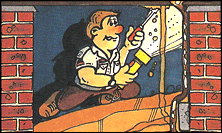
|
A professional termite inspection and report could save you thousands of dollars - specific areas inspected should include accessible timbers within the sub-floor, roof void, exterior and interior of the building and other timber structures, fences and trees within a 50 metre radius of the buildings but within the property boundary. |
|
|
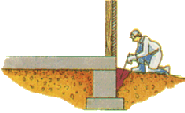
|

|
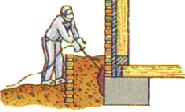
|
|
|
|
|
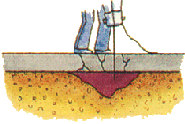
|
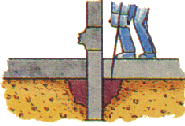
|
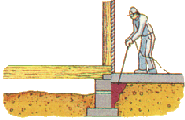
|
|
|
|
|
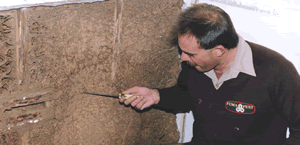 | Special care and equipment can be used to detect a subsidiary
termite nest contained within the building structure. This often occurs
in wall cavities where moisture is regularly supplied therein from a leaking
shower recess, broken roof tiles and faulty guttering or plumbing. |
|
|
| There are several types of termite control chemicals registered by the relevant State and/or Federal Government Authority for use in termite control as a soil treatment chemical. |
 |
WARNING: Some are solvent based pesticides which can cause health problems to asthmatics during the drying process. |
| |
 |
Termidor and Premise do NOT have an obnoxious odour or emit airborne residues or fumes. Termidor and Premise represent modern technology... they are NOT organo-chlorine or organo-phosphate pesticides. |
| |
| |
After 250 million years of living underground, subterranean termites have evolved with a very thin waxy skin (called an exoskeleton) that readily absorbs moisture. The Termidor fipronil chemical adheres to the termite exoskeleton and is readily adsorbed through the exoskeleton and into the termite's body to immobilise and kill the affected termite within a few days. The termites spread the fipronil to other termites during regular physical contact, particularly when working together in close proximity, grooming and feeding the rest of the colony, a regular function of their daily life. The termites cannot detect the fipronil as it has no odour, taste or smell to the termites. Termites carry away or cannibalise other dead termites, further spreading the deadly effect of the fipronil chemical throughout the colony. |
|
|
| |
 |
Ring the Experts: successful termite protection of a building using a baiting program often requires expert skill and judgment, based upon years of field-work experience in termite control in a wide variety of circumstances. One critical aspect is the bait stations should to installed in areas where termites are more likely to be foraging. The termites must "find" the stations to have any chance of success. |
| CONSUMER PROTECTION NOTICE: Be wary of any
advertising or promise that a timber replacement warranty applies as regards
subsequent termite damage to a building using a termite colony elimination
system. For example, some pest control companies promote a $100,000 Timber
Replacement Warranty as regards to the use of a particular "termite
colony elimination" system - But be careful to
read the Contract carefully! Does this Contract stipulate in the
fine print that the so called "warranty" may (or may not) apply at
some future point in time to be decided by the company?
As with all so called "termite colony elimination" systems there can be no absolute guarantee of protection of nearby buildings. There may be other termite nests nearby the building that do not find the bait stations. Your home is a much bigger bait station. Other termite nests may exist in trees, under concrete on-ground flooring and in-fill patios of your home or neighbouring properties. |
| |
|
|
|
|
|
|
 |
PLEASE NOTE: the installation
of a chemical soil barrier does not negate the need for regular competent
inspections - at monthly intervals or atleast 3 to 6 months where the termite
risk is high. We usually recommend 3 or 6 monthly inspections be carried for the first 24 months following a chemical soil treatment. |
|
|
|
|